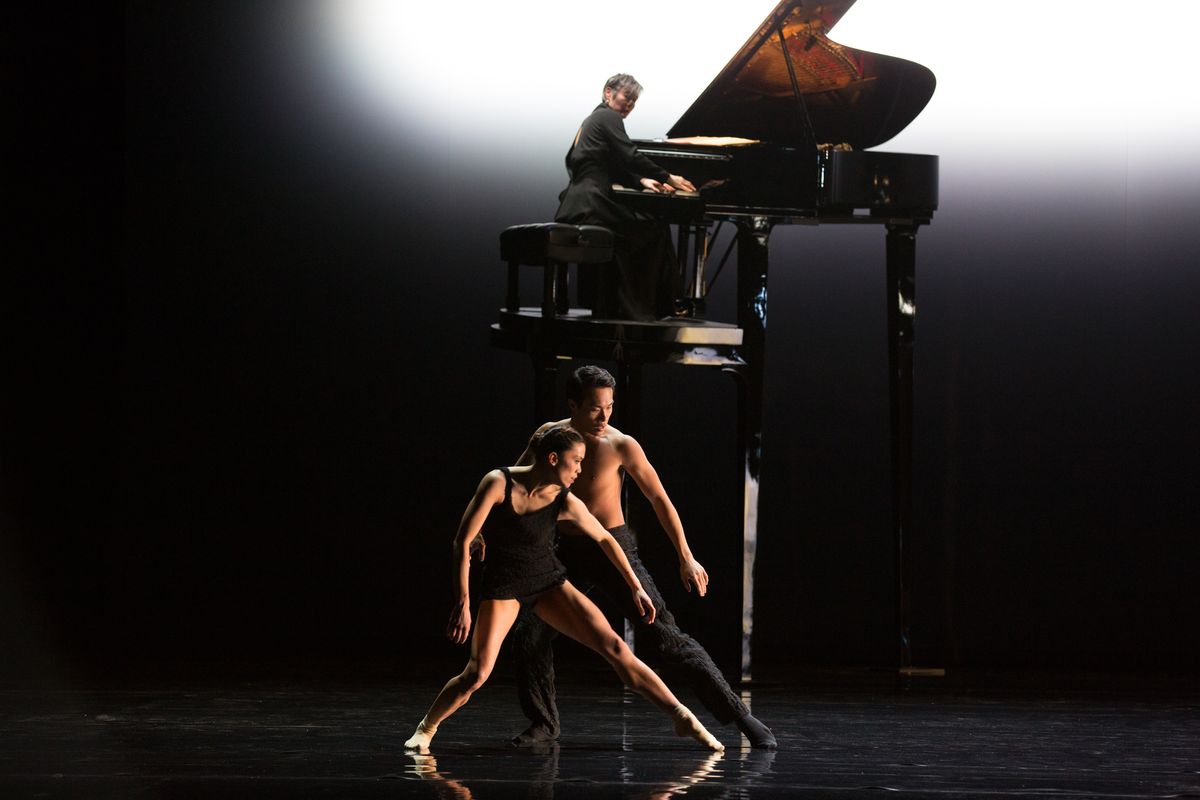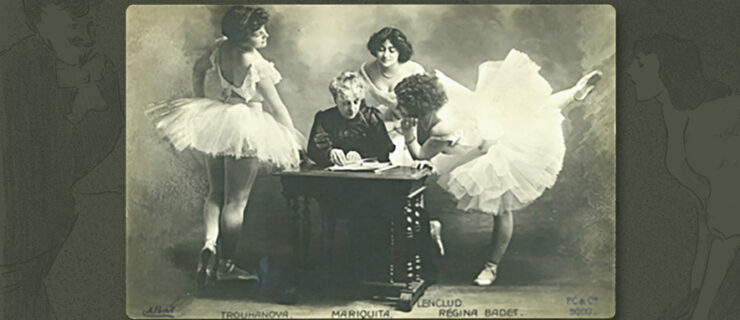When Pointe Shoes Come Off: How to Safely Transition Between Different Types of Dance Shoes
A few years ago, Boston Ballet principal Lia Cirio was tasked with performing a contemporary program one week and dancing in The Sleeping Beauty the next. “We were doing Jiˇrí Kylián’s Tar and Feathers, which had me sliding around in socks,” says Cirio. “The day after the premiere, I had to run my Aurora variation. I needed my technique to be stable, for both my brain and body.”
Being in a ballet company doesn’t mean you will always be dancing entire evenings, let alone rehearsal days, in pointe shoes. With today’s preference for more eclectic mixed bills, a dancer might need to shift from pointe shoes to socks, slippers or even heels. Yet moving between footwear can be tricky—you can easily get injured if you are not prepared for the differences in sensation and shifts in balance. But when you’re frequently asked to switch footwear, what’s your body, much less your feet, to do?
What’s Really Happening
 Photo by Nicole de Khors via Burst
Photo by Nicole de Khors via Burst
There can be advantages to taking off your pointe shoes. “Being barefoot gives you more proprioception, better balance and more postural stability,” says Dr. Cassidy Foley, an Atlanta-based pediatric sports medicine and orthopedic specialist who has treated professional dancers. Yet she notes there are significant challenges to dancing barefoot. “You are also exposed to more external injuries, such as cracks and tears, and lateral ankle sprains.”
The ankle is more vulnerable because demi-pointe, a common position when barefoot, in slippers or in heels, is the least stable. Full plantar flexion (pointing or on pointe) and full dorsiflexion (flexing or demi-plié) are more secure and more familiar to dancers used to pointe shoes.
Frequently changing footwear also means that you are putting a lot of pressure on your flexor hallucis longus (FHL) and peroneus longus, two deep muscles in your lower leg which cross both the ankle and toe joints. Suddenly increasing these muscles’ and their tendons’ range of motion can inflame the tissue, which in turn can cause tendonitis around your ankle and toe joints. Fortunately, there are steps you can take to make these transitions as seamless and painless as possible.
Vary Your Warm-Up
 Miami City Ballet principal Jeanette Delgado uses contrast baths, moving her feet from ice water to a hot tub and back to ice, after a touch day of transitions between footwear. Here are Deglado and Renato Penteado in Nine Sinatra Songs. Photo by Daniel Azoulay, Courtesy Miami City Ballet.
Miami City Ballet principal Jeanette Delgado uses contrast baths, moving her feet from ice water to a hot tub and back to ice, after a touch day of transitions between footwear. Here are Deglado and Renato Penteado in Nine Sinatra Songs. Photo by Daniel Azoulay, Courtesy Miami City Ballet.
For Miami City Ballet principal Jeanette Delgado, properly warming up for the ballet and shoe at hand is key to maintaining her health and her confidence onstage. Prone to lateral ankle sprains, Delgado asked MCB’s medical team for advice when she was cast in Twyla Tharp’s Nine Sinatra Songs, which requires three-inch stilettos. “Dancing in heels requires different strength and coordination,” says Delgado. “They have a different sensation and connection to the floor.”
She prepares by doing a warm-up routine of squats, lunges and small jumps in parallel, focusing on landing and heel stability. In addition, she does standing Thera-Band work to strengthen her ankles, using different angles of resistance as she moves from demi-plié to demi-pointe. “You want to lose yourself in the movement,” says Delgado. “Doing these exercises away from the choreography helps me let go more.”
Likewise, Cirio uses floor exercises to prepare for contemporary work. “I have to roll around on the ground to get grounded,” she says. “I do squats and dig deep into them.”
Foley notes that Achilles tendon stretches and stretching the quads and hip flexors while engaging the glutes and hamstrings are good exercises to use as palate cleansers. She also recommends towel toe curls and doming exercises for waking up the arch and maintaining strength in your intrinsic foot muscles.
Don’t Ditch Your Pointe Shoes
 Photo by Matthew Henry via Burst
Photo by Matthew Henry via Burst
All three agree that you should maintain your pointework, even if your current repertoire does not require it. “I tried the alternative of doing class on flat to stay grounded,” says Delgado, who had to go from Nine Sinatra Songs to Balanchine’s Ballet Imperial in one program. “But that doesn’t work for later in the day when you need to be up over your shoes. Moving from heels to pointe shoes is definitely a harder order.” Cirio agrees that pointe maintenance is key: “It is the only way to keep reminding your body that you are a ballet dancer and to keep your calluses.”
If you don’t normally wear pointe shoes in class, now may be the time to start. At the very least, set aside time daily to do a quick pointe class for yourself, working through your shoes at the barre and in center. All the while, pay special attention to your alignment and use of turnout.
Protect Your Feet
 Thinkstock
Thinkstock
Changing footwear often means dealing with new foot ailments. Take preventive measures; don’t wait until the ball of your foot is cracked, the top of your foot has a floor burn, or a blood blister develops. Grab a roll of sweatproof tape and get to work preemptively wrapping. For Delgado, foam pieces strategically placed inside her character shoes kept them from cutting into her foot and creating blisters. For Cirio, padded socks got her through the rehearsal phase of Alexander Ekman’s Cacti, which required long amounts of time sitting on the tops of her arches.
“The shoe should not be a foreign object,” says Delgado of all the prep work. “Working together with it can put you in the headspace of the dance and help you feel that your foot, or whatever shoe you’re putting on, is an extension of yourself.”





